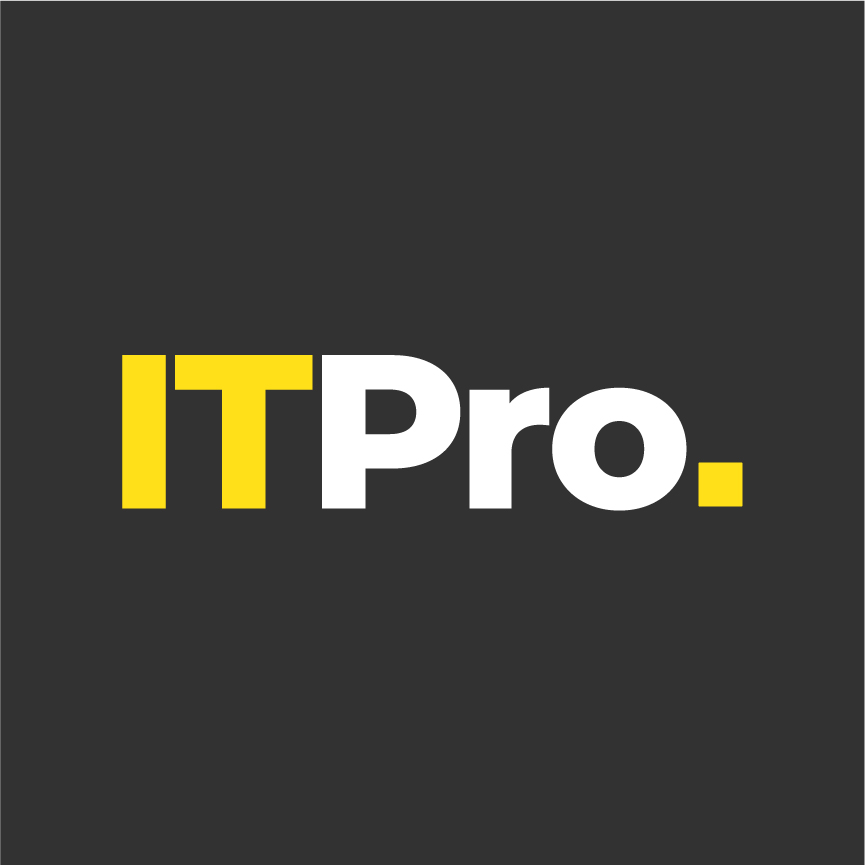Presented by AMD
AMD’s extended 3rd generation EPYC CPUs fill the “technology gap” left by the race for AI
The range offers good value, security and efficiency for day-to-day workloads, the company claims
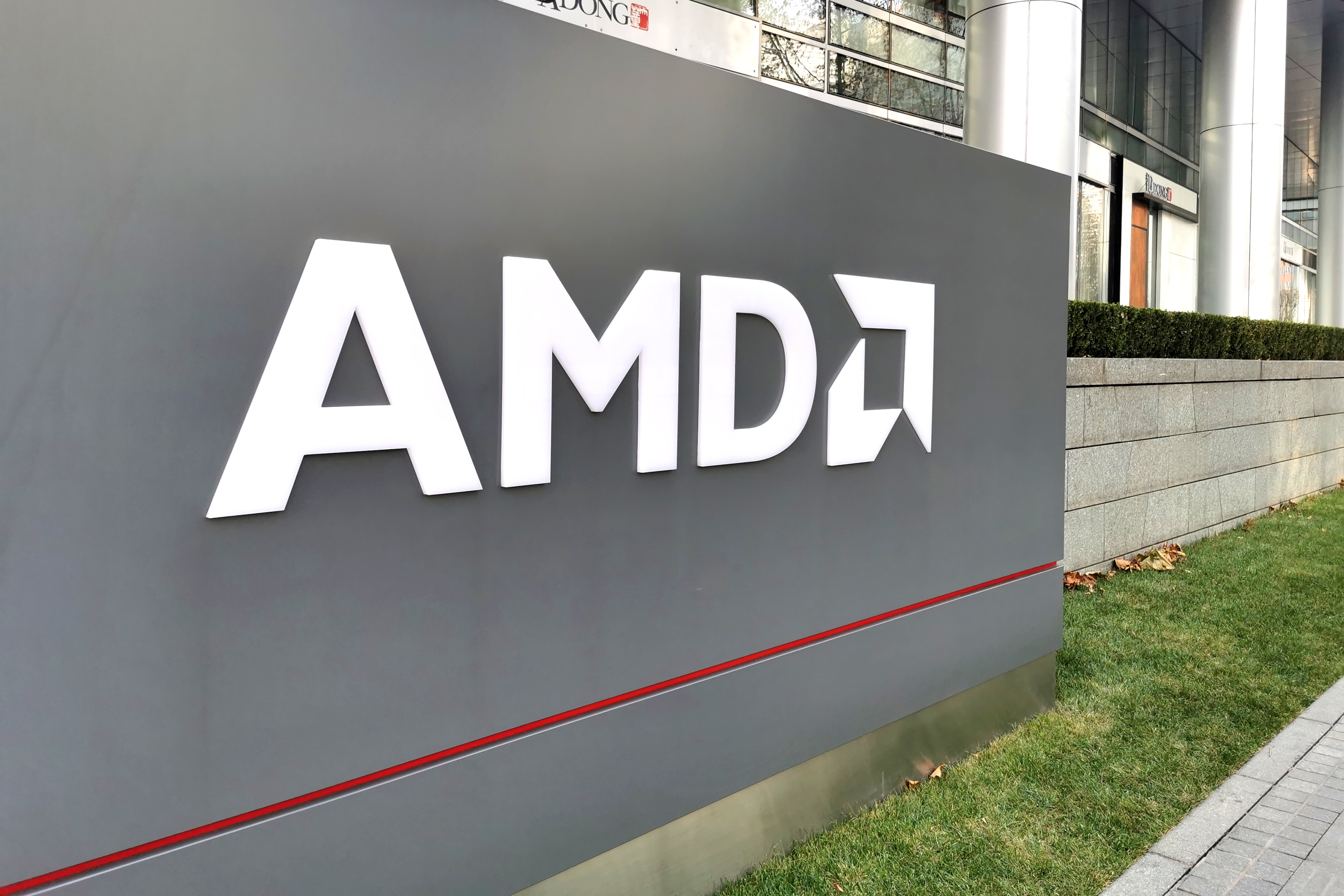
AMD’s 3rd generation EPYC CPU portfolio has been extended with the addition of six new members of the family.
The new data center chips, listed below, are built on its Zen 3 core architecture and are optimized for price as well as delivering modern security features and “impressive energy efficiency”, the company claimed.
They also support up to eight channels of DDR4 memory, which is not the fastest on the market but once again is more cost effective.
“Today’s CIOs and IT decision makers leveraging aging data center infrastructure need a straightforward, seamless upgrade path toward next-generation technologies at a pace that meets their needs,” said Dan McNamara, senior vice president and general manager of the server business unit at AMD.
“We have seen a clear opportunity to give our customers more options that bring the leadership performance and efficiency of EPYC to less technically demanding but still business critical workloads. Servers powered by 3rd Gen AMD EPYC CPUs deliver impressive price-performance on widely deployed, cost effective and proven mainstream technologies,” he added.
RELATED RESOURCE
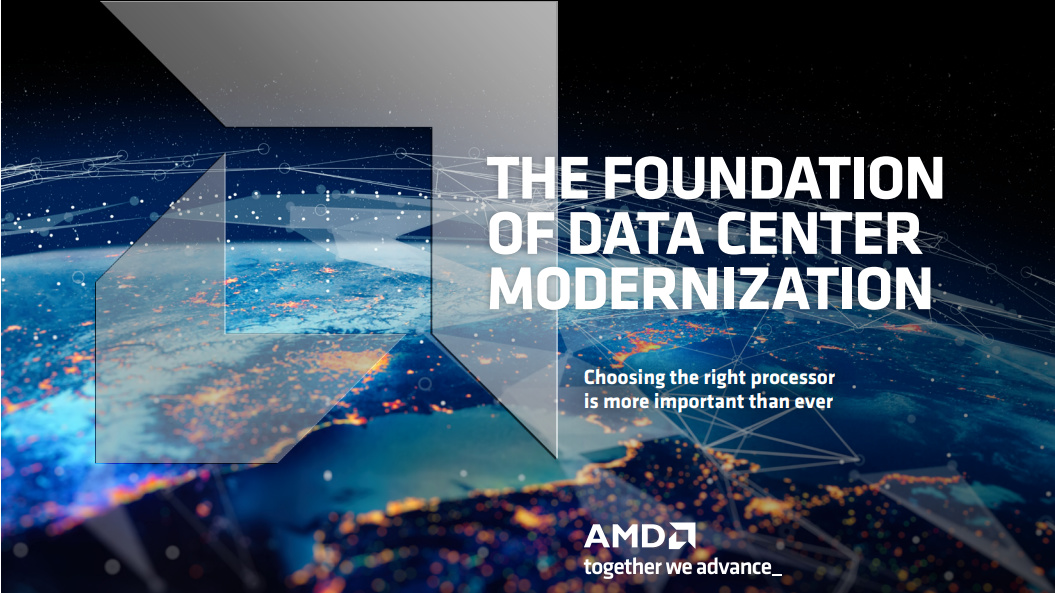
Choose an optimal solution that satisfies your computing needs
DOWNLOAD NOW
The company gave two examples of customers that have recently implemented 3rd generation EPYC CPUs – Emirates NBD Bank, which deployed them on-premises and MonetaGo, which is making use of them through Google Cloud. This is despite the availability of the newer, more powerful – and more expensive – 4th generation family.
With the six new chips, which are listed below, the total number of available AMD EPYC CPUs runs to 29 different models, featuring between eight and 64 cores.
OEMs offering servers built with 3rd generation EPYC CPUs include Cisco, Dell Technologies, Gigabyte, Hewlett Packard Enterprise (HPE), Lenovo and Supermicro. This is in addition to “trusted channel sellers”.
New 3rd generation AMD EPYC CPUs
- Epyc 7663P: 56 cores/112 threads, with a base clock of 2.0GHz and a boost clock of 3.5GHz, and TDP of 240W
- Epyc 7643P: 48 cores/96 threads, with a base clock of 2.3GHz and a boost clock of 3.6GHz
- Epyc 7303: 16 cores/32 threads, with a base clock of 2.4GHz and a boost clock of 3.4GHz
- Epyc 7303P: 16 cores/32 threads, with a base clock of 2.4GHz and a boost clock of 3.4GHz
- Epyc 7203: 8 cores/16 threads, with a base clock of 2.8GHz and a boost clock of 3.4GHz
- Epyc 7203P: 8 cores/16 threads, with a base clock of 2.8GHz and a boost clock of 3.4GHz
Sign up today and you will receive a free copy of our Future Focus 2025 report - the leading guidance on AI, cybersecurity and other IT challenges as per 700+ senior executives
ITPro is a global business technology website providing the latest news, analysis, and business insight for IT decision-makers. Whether it's cyber security, cloud computing, IT infrastructure, or business strategy, we aim to equip leaders with the data they need to make informed IT investments.
For regular updates delivered to your inbox and social feeds, be sure to sign up to our daily newsletter and follow on us LinkedIn and Twitter.
-
 Trump's AI executive order could leave US in a 'regulatory vacuum'
Trump's AI executive order could leave US in a 'regulatory vacuum'News Citing a "patchwork of 50 different regulatory regimes" and "ideological bias", President Trump wants rules to be set at a federal level
-
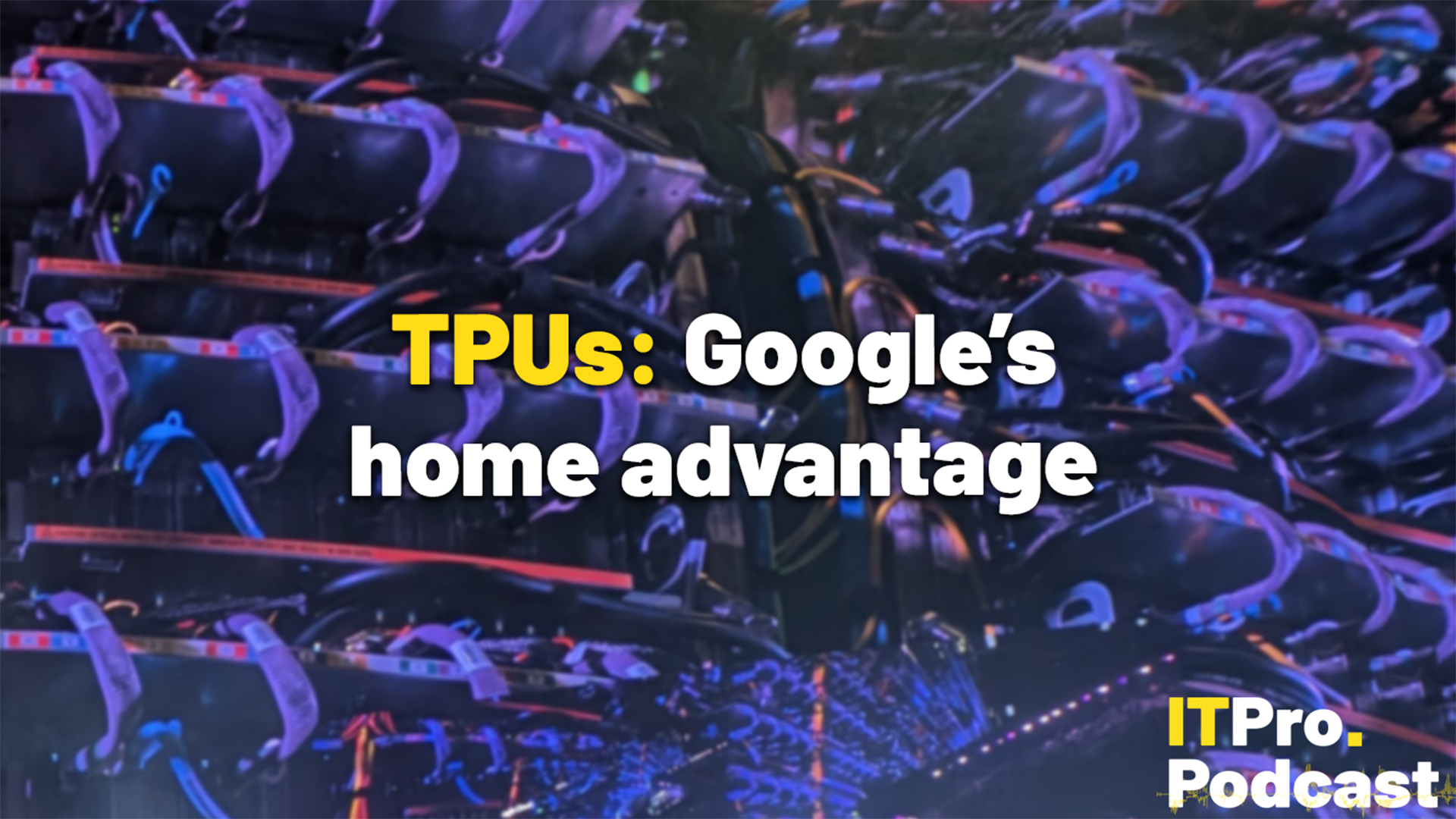 TPUs: Google's home advantage
TPUs: Google's home advantageITPro Podcast How does TPU v7 stack up against Nvidia's latest chips – and can Google scale AI using only its own supply?
-
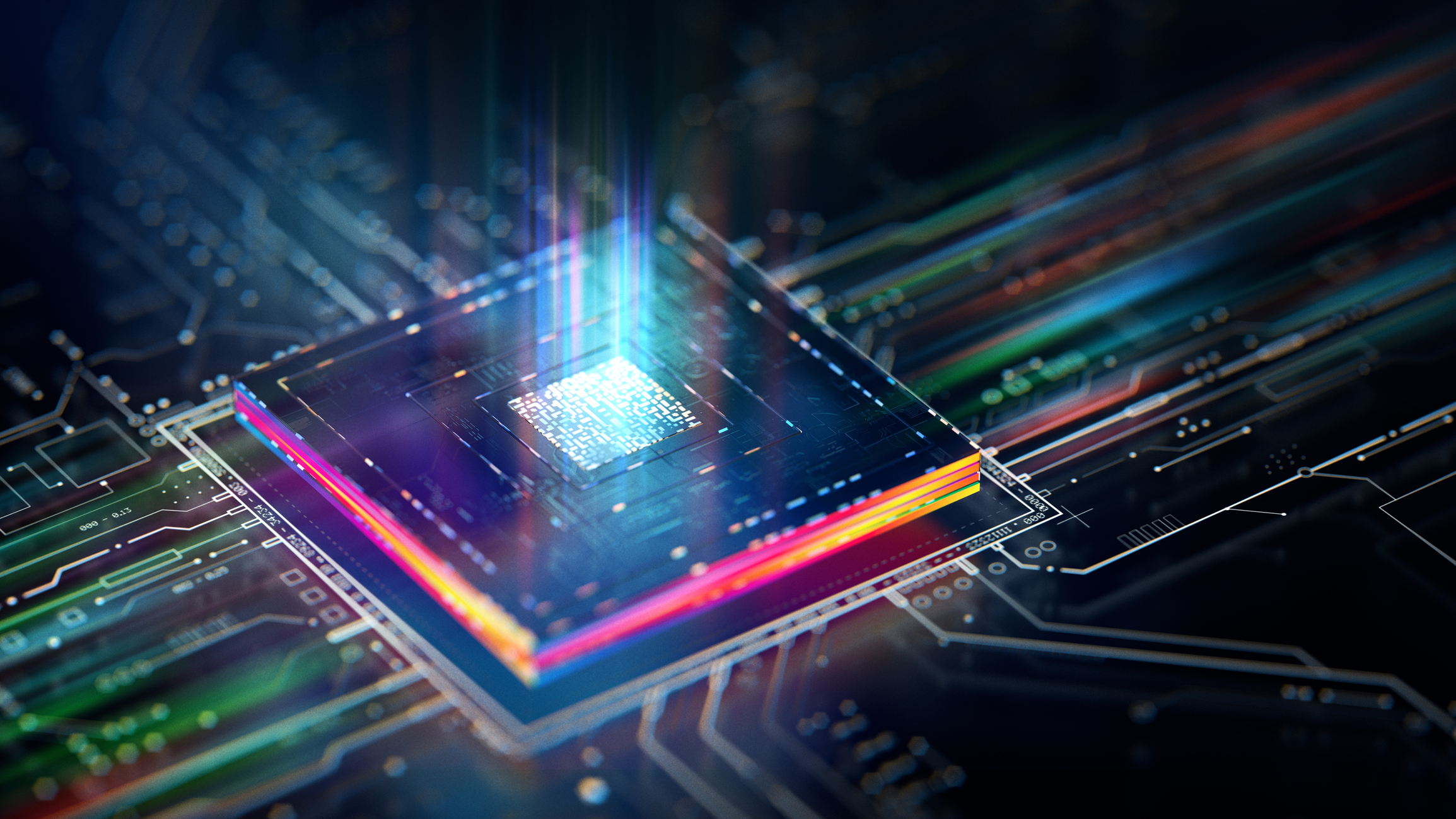 The role of the CPU in the AI era
The role of the CPU in the AI eraSupported The backbone of enterprise AI, CPUs are the unsung heroes of inference
-
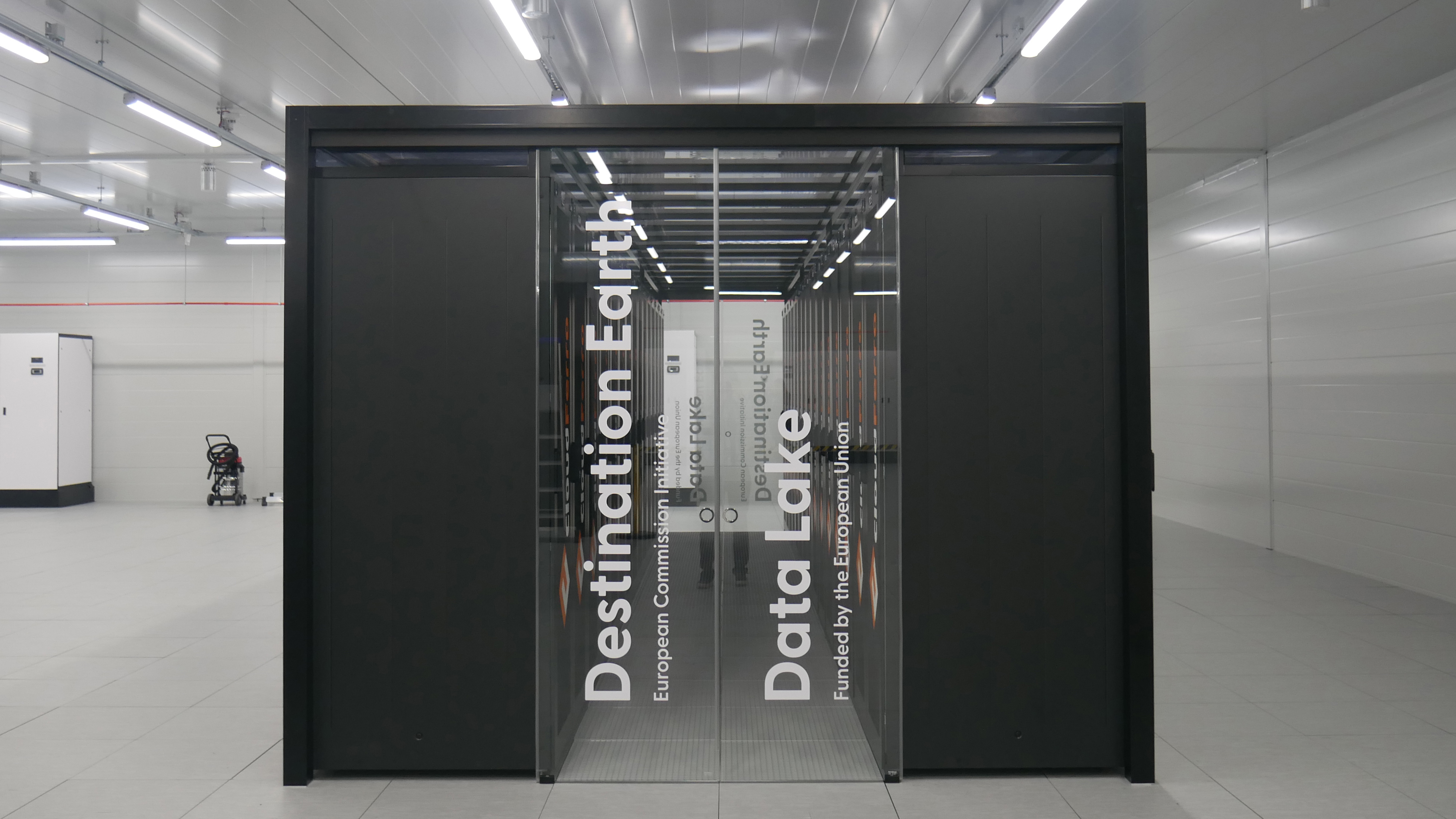 Supercomputing in the real world
Supercomputing in the real worldSupported From identifying diseases more accurately to simulating climate change and nuclear arsenals, supercomputers are pushing the boundaries of what we thought possible
-
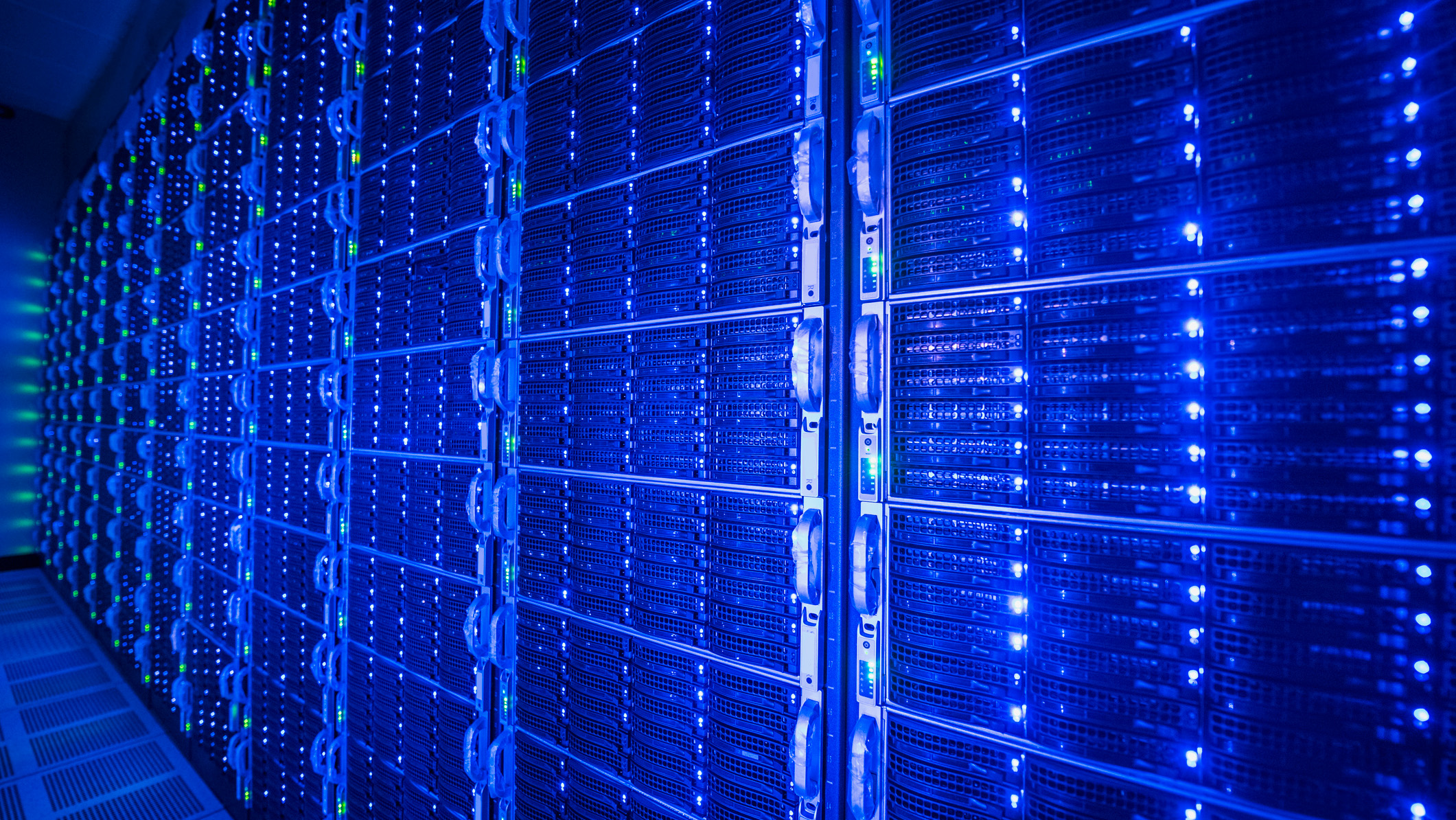 From the dance floor to the data center
From the dance floor to the data centerSupported How tech innovation is changing and shaping our personal and working lives for the better
-
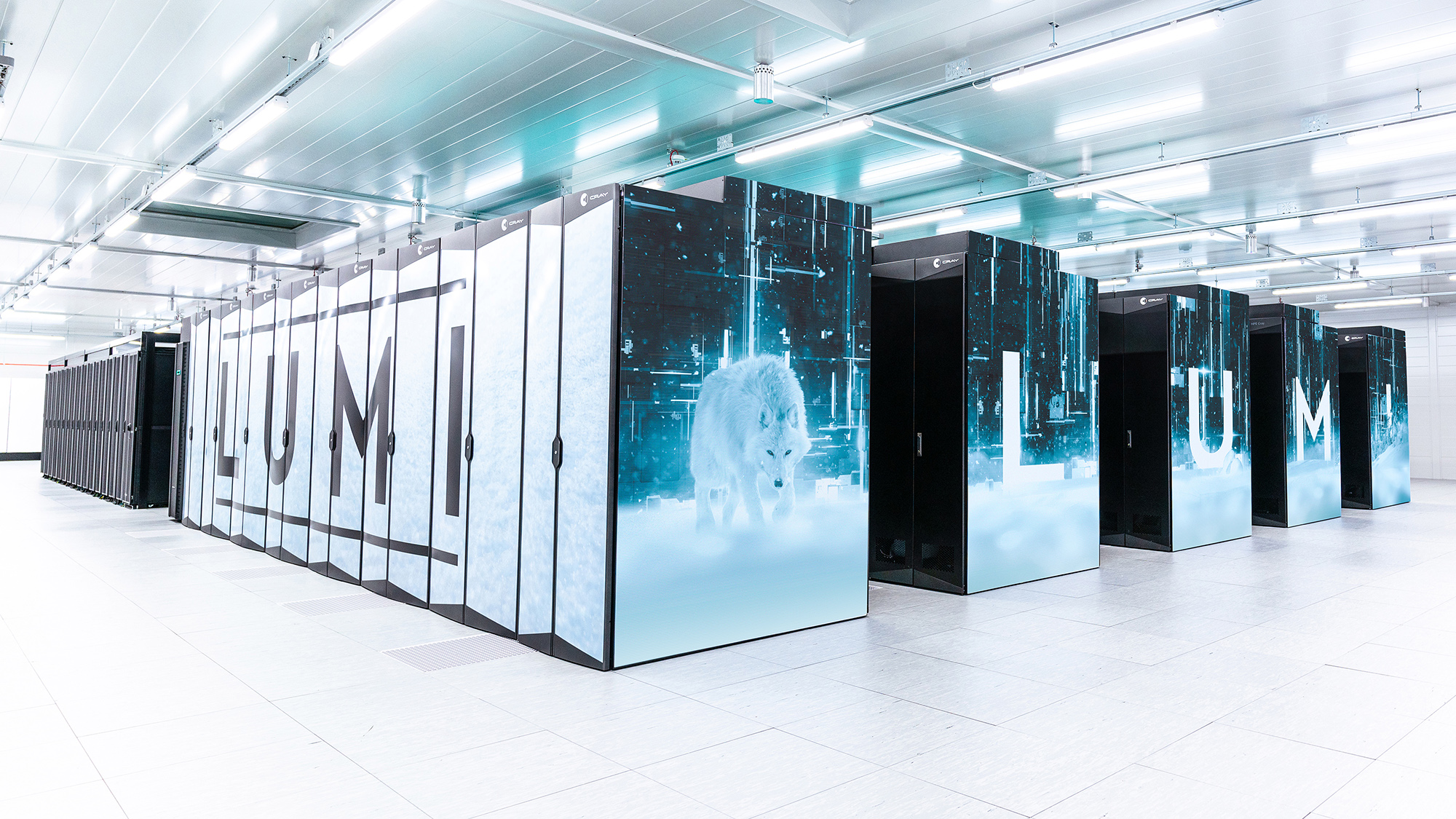 The new era of the supercomputer
The new era of the supercomputerSupported Fueled by AMD’s Mi300A APUs, the El Capitan supercomputer could herald a seismic shift in computational capabilities and unlock a new wave of scientific research and development when it launches in 2024
-
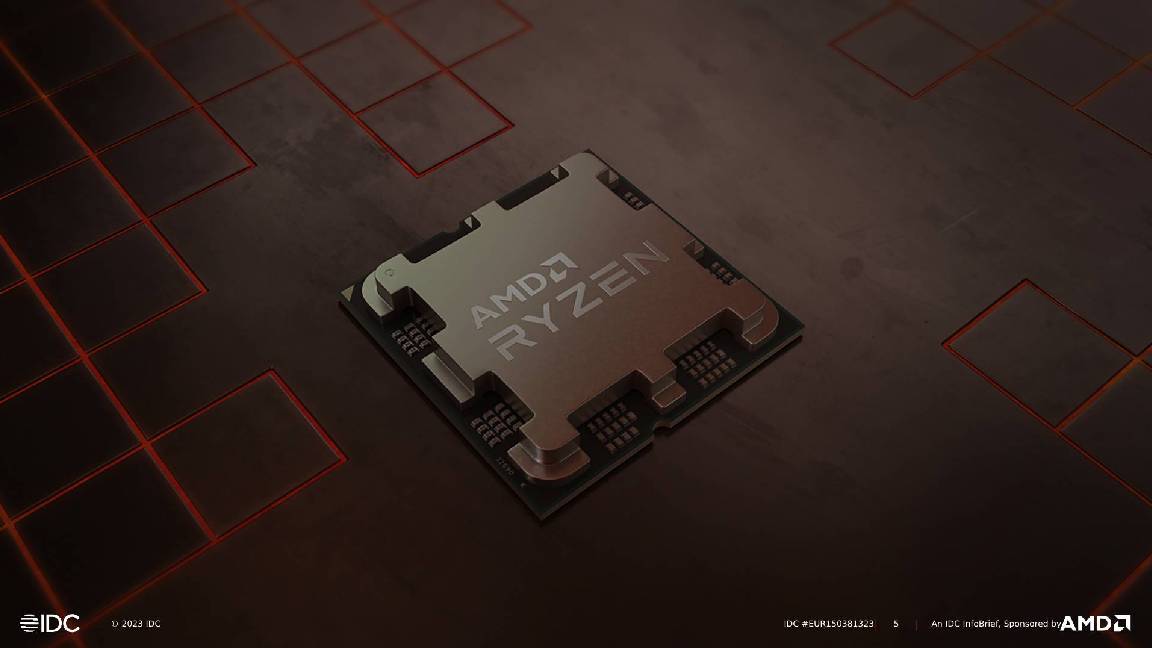 Delivering profitable hosting services at lower prices
Delivering profitable hosting services at lower priceswhitepaper How developing services using entry-level CPU platforms can help grow your hosting business
-
 Report: Power-efficient servers are the key to fully realized and environmentally sound 5G
Report: Power-efficient servers are the key to fully realized and environmentally sound 5GSupported 5G services ecosystem “hungry” for new sources of revenue and operational efficiencies
-
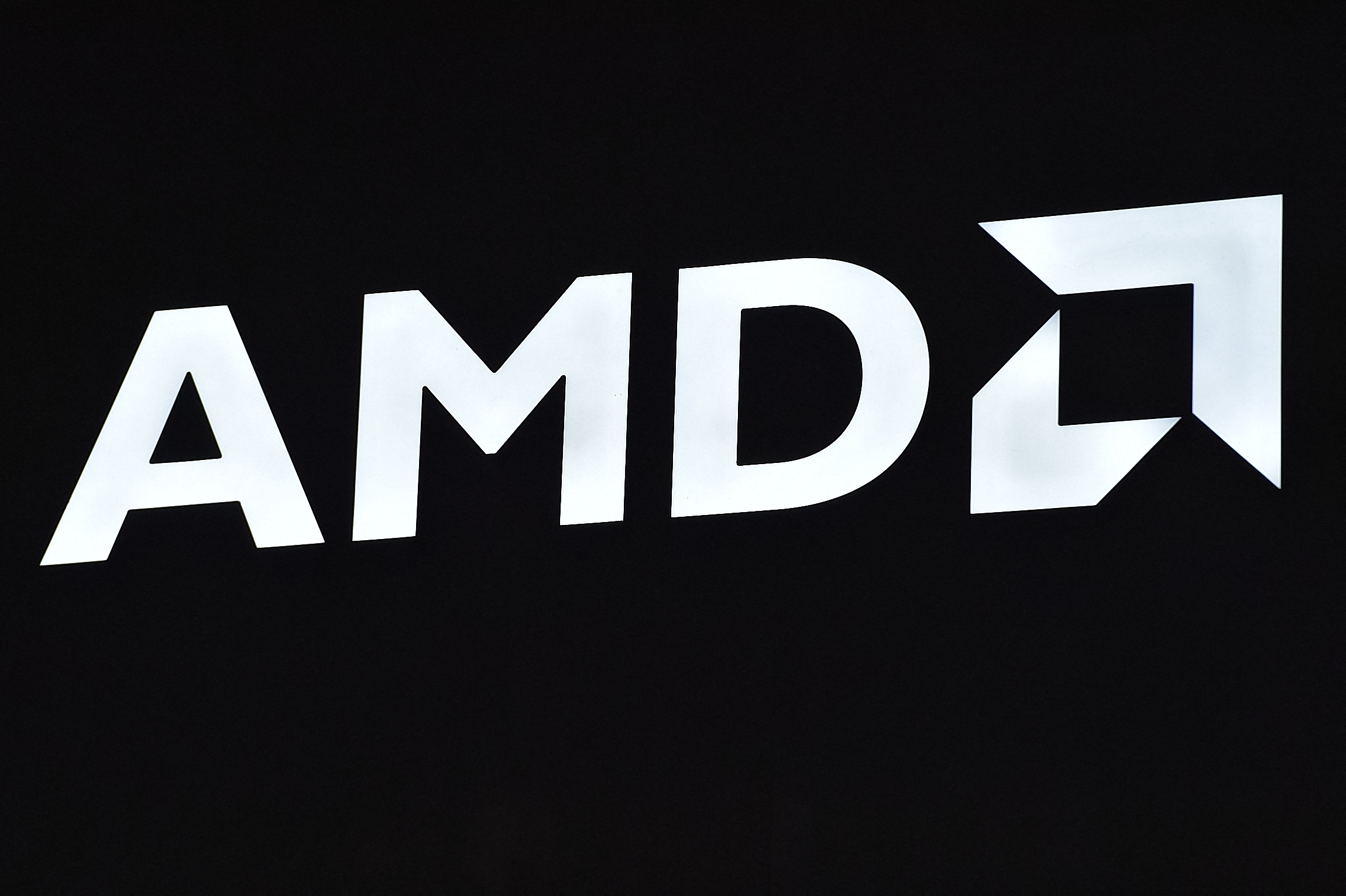 Data center efficiency should start at the processor level, report claims
Data center efficiency should start at the processor level, report claimsSupported Choosing a processor that can ramp up computational work, but with fewer physical servers, can immediately reduce a data center’s carbon footprint
-
 Revitalize your aging datacenter
Revitalize your aging datacenterwhitepaper The real value of datacenter modernization

